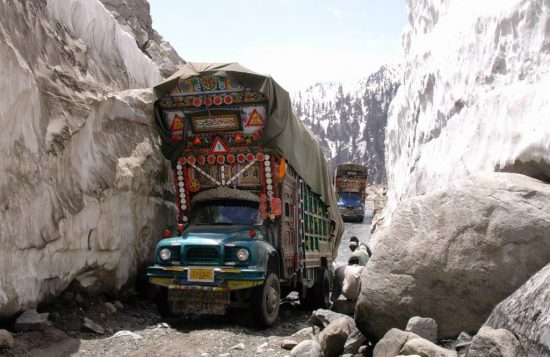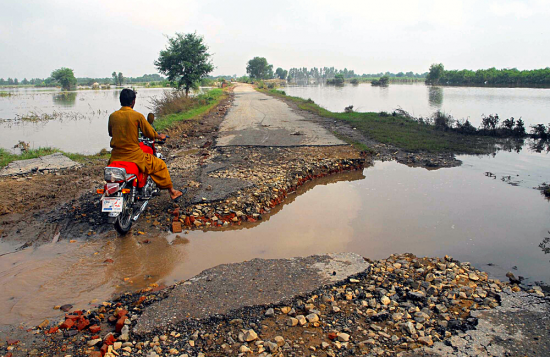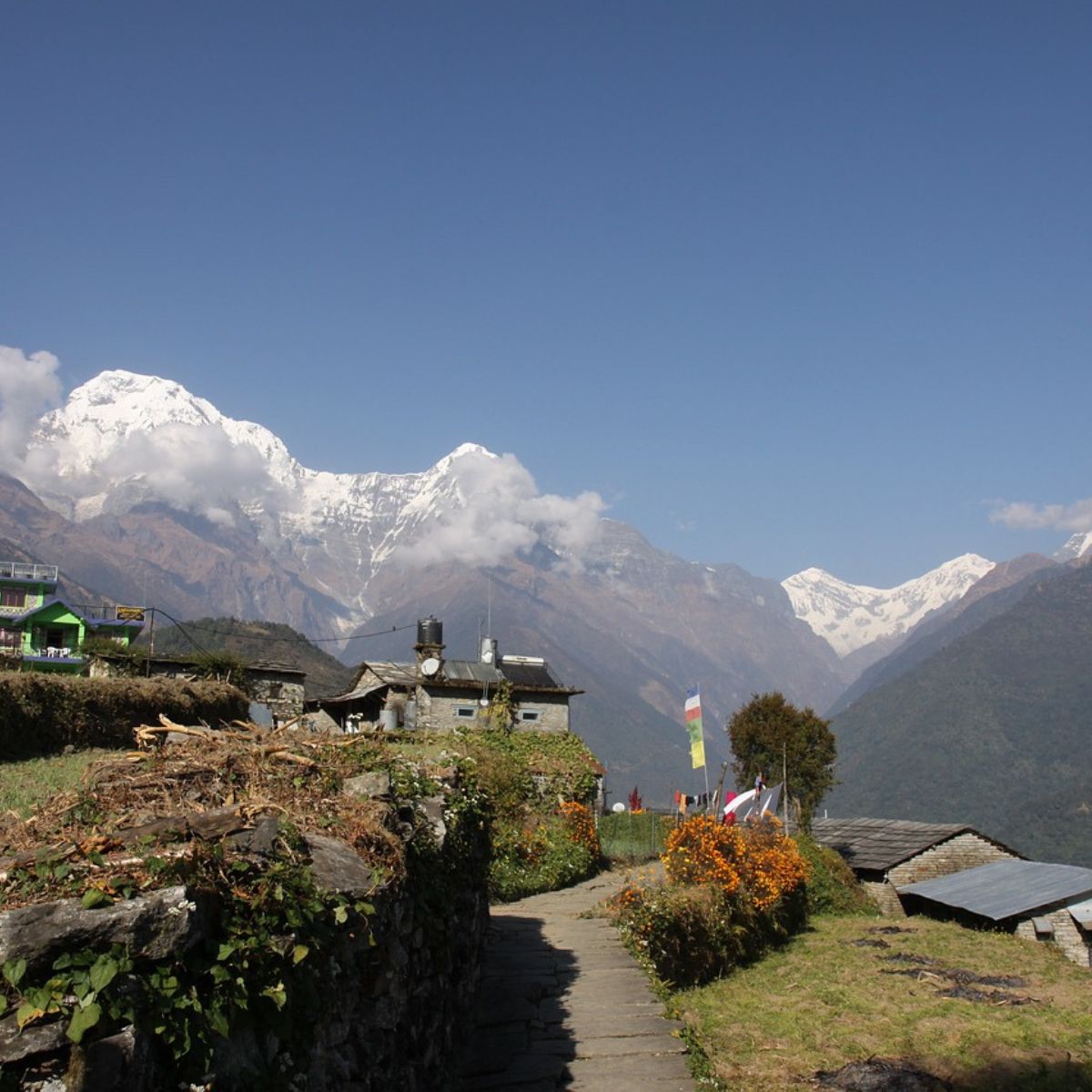How is Transport
affected?
Climate change and its impacts are attributing to significant loss in road transport sector investments. Consequently, loss and damages to road transport infrastructure is significantly impacting the GDP of countries.
Updated 13 September 2023
During 2020, South Asia allocated more than US $2.7 billion for investments across various transportation modes.
Climate threats (floods, cyclones) jeopardize South Asia’s roads. Transport also heavily emits greenhouse gases, compounding environmental challenges.
By adopting crucial climate actions, South Asia can construct a resilient transport system contributing to sustainability and emissions reduction.
Climate Change Analysis on Resilient Transport and Infrastructure in South Asia
The relationship between climate change and the transport sector is initially divided into two facets. The first is reducing carbon emissions from transportation methods that rely on fossil fuels. The second is creating resilient roads to withstand the impacts of climate extremes.
In the mobility of people and goods, South Asia relies on road, rail, and river transportation networks, which also serve as dependable mediums for accessing and delivering services.
According to the World Bank, decarbonizing transport requires effective land-use initiatives and transport planning, encouraging multi-modal public transport (including non-motorized transport), and facilitating the transition towards zero-emission vehicles through e-mobility, green fuels, and hydrogen fuel cells.
Furthermore, investing US $1.8 trillion in climate-resilient infrastructure, early warning systems, improved dryland agriculture, mangrove protection, and water security in South Asia could generate US $7.1 trillion in global net benefits.
Some South Asian countries like Bhutan and Nepal are committed to implementing resilient transportation infrastructure through their NDCs.
The Road Sector Master Plan of Bhutan (2007-2027) identifies climate change hazards as a cause of huge road infrastructure damage and seeks to reduce its impacts. Nepal’s Environment Friendly Vehicle and Transport Policy (2014) focuses on reducing emissions from the transport sector by improvement in technologies and diversification toward electric vehicles.
Several other strategies aimed to reduce climate impacts on transport infrastructure are adopted to create a sustainable and resilient society.






